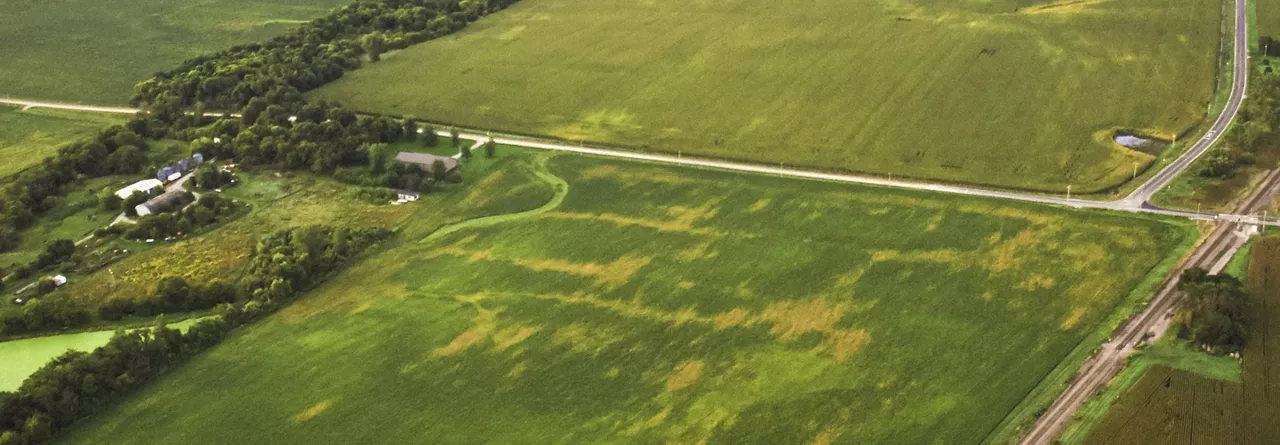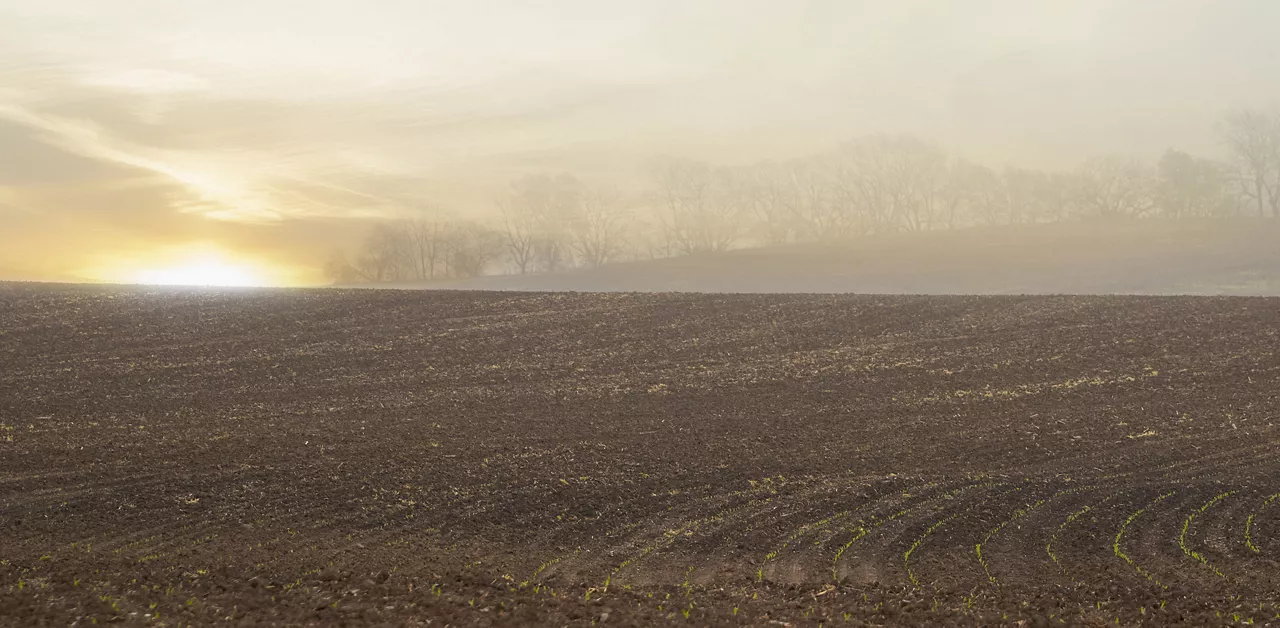
From Pest Detection to Irrigation Control: Problem Solving with Field Health Imagery
FieldView makes it easy to spot inconsistencies in the field; it’s just a matter of telling the difference between dark green and light green.
It pays to get ahead, because the best way to beat seedling disease is to not get it in the first place.

It lives just beneath your feet, in every acre of every farm. And it’s waiting for the right moment to strike. I’m talking about one of the more elusive, yet avoidable challenges farmers face this time of year: seedling disease. It’s a formidable adversary for corn and soy, because by the time you notice some stunting here or stand loss there, it’s already too late to take action. That’s why it pays to get ahead, because the best way to beat seedling disease is to not get it in the first place.
So what exactly is seedling disease? Well for starters, it’s actually more than one disease. Rather than a single-cause-single-effect paradigm, seedling disease is a broad term used to describe a whole slew of soilborne pathogens and their many impacts on crops during early stages of growth. Much of the danger of seedling disease is that it can be difficult to recognize — or even notice — before it becomes a problem. That’s because seedling disease attacks plants by the roots, leading to wilting, stunting and standloss later in the season. While the impact can be difficult to quantify, it can cost you anywhere between $30–$50 per acre depending on crop prices — not to mention all the time, resources and energy you put into your fields.

Seedling blight can be difficult to spot, even when you know it’s there.
You may not always see it, but seedling disease is a prevalent threat. In fact, many pathogens associated with seedling disease (e.g. pythium, fusarium, rhizoctonia, etc.) are virtually always active in your soil — even in years when you don’t experience any issues. No plot of land is free of disease. The trick is to not activate it. And to do that, we need to understand how and why seedling disease can emerge.
No plot of land is free of disease. The trick is to not activate it. And to do that, we need to understand how and why seedling disease can emerge.
To really get a handle on seedling disease, it helps to revisit the basics of plant pathology. Like any disease, there are three things necessary for an outbreak to occur:
As you can see, it’s never a simple one-case situation in the field. There are always 2–3 things that add up together to give that negative result. That’s why it’s vital to understand the many risk factors that can lead to seedling disease. After all, if you don’t know your fields’ vulnerabilities, you’re less able to protect them.
Seedling disease is something all farmers encounter sooner or later. Addressing it is a matter of staying a step ahead, and you can use FieldView™ to help you by scouting and mapping historic disease pressures. Prevention is imperative, because there’s no real rescue treatment for seedling disease.
Prevention is imperative, because there’s no real rescue treatment for seedling disease.
There are several common factors you can control to prevent seedling disease from taking hold. And that’s where FieldView can make an incredible difference.

If you identify indications of seedling disease, FieldView makes it easy to drop a pin, add images, make notes and share that information with your trusted agronomic partners.
Diseases thrive in overly wet conditions. That’s why knowing your soil type, mapping standing water in your field and understanding your soil moisture levels are paramount to preventing conditions that are conducive to seedling disease. Monitoring your rainfall and soil types in FieldView helps paint a picture of which areas are more susceptible to developing seedling disease, so you’re better able to preempt any potential problems.
If you already know what’s in the soil, you can avoid any unpleasant surprises. With your scouting records, you can easily see exactly when and where you’ve encountered seedling disease before so you can anticipate it in the future.
Choosing the right time to plant is important for a variety of reasons, including preventing seedling disease. Planting earlier in the year can lead to greater yields during harvest, but it can also put plants in harm’s way. Generally the earlier you plant, the colder and wetter it is. And if those conditions persist, they can slow plant growth, leaving them more susceptible to pathogens for longer periods of time.
If you’ve identified seedling disease in your fields, FieldView’s planting records can tell you about the real-world susceptibility of various plant varieties. With this data, you can see how different seeds perform on your farm, so you can pair the right varieties with their ideal sections of your field — or you can identify areas of your field that require seed types with greater disease resistance.
Planting is a busy time for any farmer, but you can’t learn from your data unless you collect it. That’s why it’s important to scout fields regularly. To help ensure they don’t miss any data, many farmers set alarms to revisit their fields two weeks after they plant. They check the root mass, then reset the timer and harness more insights again two weeks later. With this information, it’s easier to make important decisions for next year, which is really when you’ll reap greater rewards through insights that will help you avoid seedling disease. Granted, there’s no instant gratification, but the benefits of preempting seedling disease become more tangible year after year.